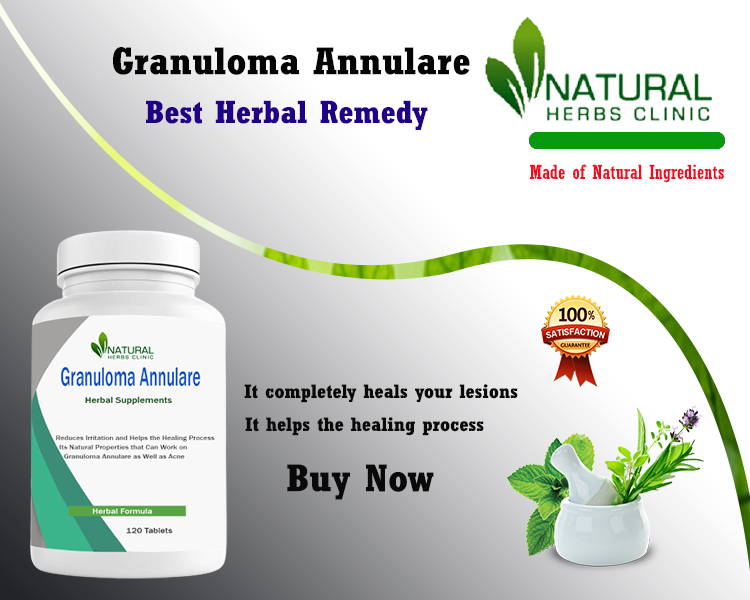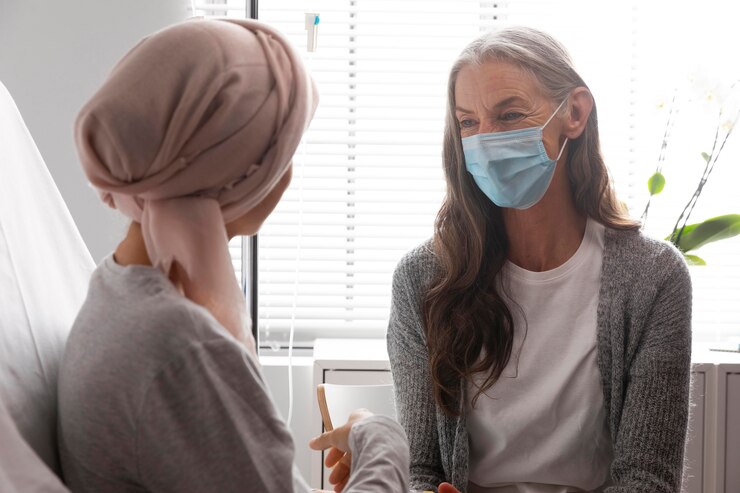Definition of Granuloma Annulare and how it compares to other skin conditions
Granuloma Annulare is a chronic inflammatory skin condition characterized by raised, reddish bumps that form circles or rings. It is most commonly found on the hands and feet, although it can appear anywhere on the body. GA is not contagious and typically does not cause significant discomfort or pain. However, it can cause emotional distress due to its cosmetic effects. GA is often confused with other types of skin conditions, so it is important for individuals to be able to properly identify it in order to receive the best treatment for granuloma annulare. This article provides an overview of how GA differs from other skin conditions and guidance on how to tell the difference between them.
How Granuloma Annulare Differs from Eczema
Eczema is an umbrella term used for a variety of inflammatory skin conditions which cause itching, redness, and dryness. While symptoms of eczema may be similar to those of GA, there are some key differences between the two conditions that can help individuals distinguish them from one another. For example, eczema usually causes itchiness while GA typically does not; however, scratching can lead to secondary infection or inflammation in both cases. Additionally, eczema lesions are usually scaly or crusty while GA lesions have a smooth surface texture. Finally, eczema tends to spread outwards over time while GA generally forms circular patterns that do not expand.
How Granuloma Annulare Differs from Psoriasis
Psoriasis is another inflammatory skin condition characterized by raised red patches covered with silvery-white scales that appear over large areas of the body. Like GA, psoriasis can occur anywhere on the body; however, there are several distinct differences between these two conditions. For instance, psoriasis tends to occur symmetrically (i.e., both sides of the body are affected equally) while GA occurs as isolated patches that may or may not be symmetrical in shape and location. Additionally, psoriatic plaques tend to be thicker than those associated with GA; additionally, they do not feature a typical “ring” formation as seen with GA lesions.
Common Symptoms of Granuloma Annulare
Granuloma annulare is a skin condition that appears as ring-like bumps on the skin. It is usually harmless and does not cause any health complications. However, it can lead to scarring if not properly treated. The most common symptoms of granuloma annulare include red, pink, or flesh-colored raised patches on the skin that may be slightly scaly or have bumps in the center. These patches often form a ring shape, hence its name. In some cases, the patches can be itchy or even painful. It’s important to know how to tell the difference between granuloma annulare and other skin conditions in order to get the best treatment for granuloma annulare. To differentiate between these two conditions, it’s important to take note of their varying symptoms and characteristics.
Appearance
Granuloma annulare is characterized by its characteristic ring-like pattern. These rings may appear as red, pink, or flesh-colored raised patches on the skin surface that may be scaly or have bumps in the center. Other skin conditions like psoriasis and eczema don’t present with such patterns and are more likely to appear as patches with more irregular shapes.
Duration
Granuloma annular does not last long unless left untreated; it tends to disappear within a year or two with no trace at all. Other skin conditions such as psoriasis tend to last much longer than this and require different treatments which should be decided upon by a medical professional after diagnosis has been made correctly. In conclusion, it is important to understand how granuloma annular differs from other skin conditions like psoriasis and eczema in order to get an accurate diagnosis and receive proper treatment for this condition from a certified natural herbs clinic doctor specializing in treating this condition without any side effects.
Differentiating Granuloma Annulare from Other Skin Conditions
One of the most common issues when diagnosing any skin condition is distinguishing it from similar conditions that may have similar symptoms and appearances. Therefore, it is important to consider other conditions that may present with similar symptoms such as psoriasis, eczema, syphilis, or ringworm in order to make an accurate diagnosis and begin appropriate treatment. Psoriasis typically presents as thick crusty patches on the skin which may be flaky or scaly while eczema usually has more redness in its appearance than Granuloma Annulare does. Syphilis usually results in just one red patch or sore which tends not to be very bumpy while ringworm normally presents with patches that are more spread out and have less defined edges than those typical of Granuloma Annulare. All these conditions should be considered when making an accurate diagnosis.
Treatment Options for Granuloma Annulare
Granuloma annulare is a common skin condition that can cause round, discolored patches on the skin. While it is usually harmless, some people may want to explore treatment options if the patches become itchy or uncomfortable. Best Treatment for Granuloma Annulare, Natural Herbs Clinic, offers a range of treatments for granuloma annulare that range from topical creams and ointments to laser therapy and phototherapy. The best approach will depend on the severity and location of the rash.
Topical Creams and Ointments
Topical creams and ointments are often the first line of treatment for granuloma annulare. These medications typically contain corticosteroids or other anti-inflammatory medications that help reduce inflammation, itching, and discomfort associated with the rash. These medications may be used in combination with other treatments or as a standalone therapy.
Laser Therapy
Laser therapy is sometimes recommended to treat granuloma annulare if topical creams do not provide sufficient relief. Laser therapy uses focused light beams to target specific areas of skin affected by granuloma annulare. It works by destroying excess cells in the affected area while also stimulating collagen production which helps improve the appearance of the rash over time.
Phototherapy
Phototherapy is another option for treating granuloma annulare. During this procedure, specialized lights are used to target specific areas of skin affected by the rash. This light has been shown to reduce inflammation and improve symptoms associated with granuloma annulare over time when used as part of an overall treatment plan.







